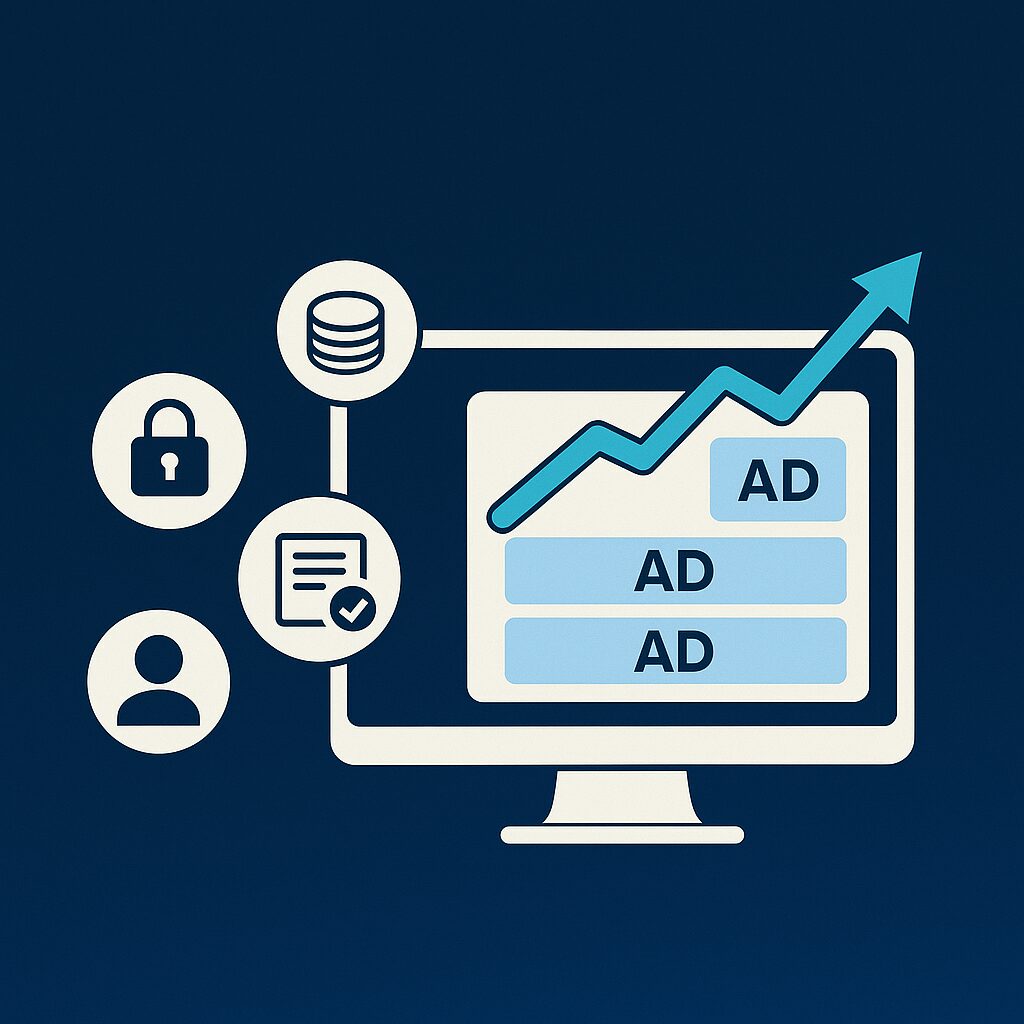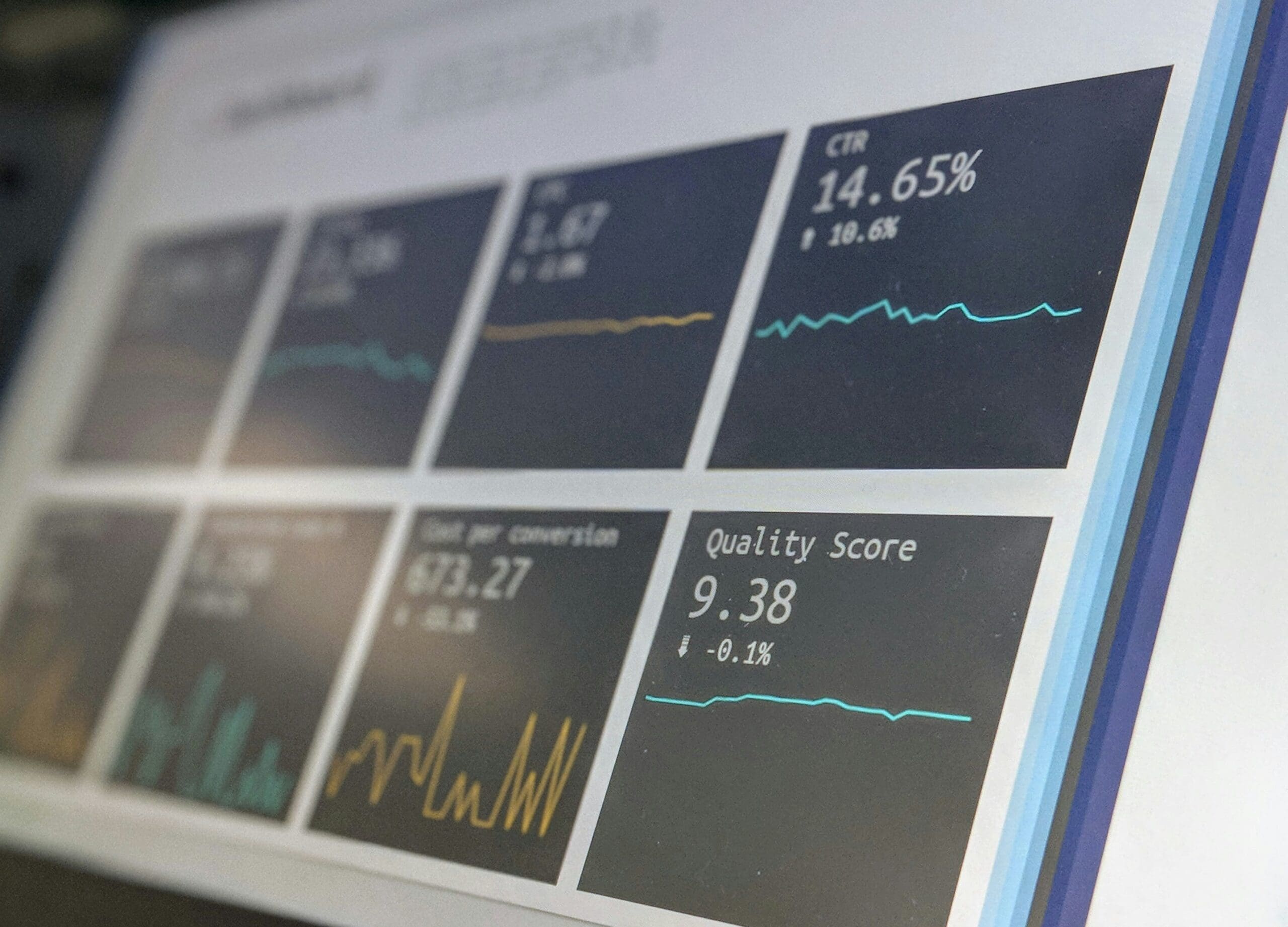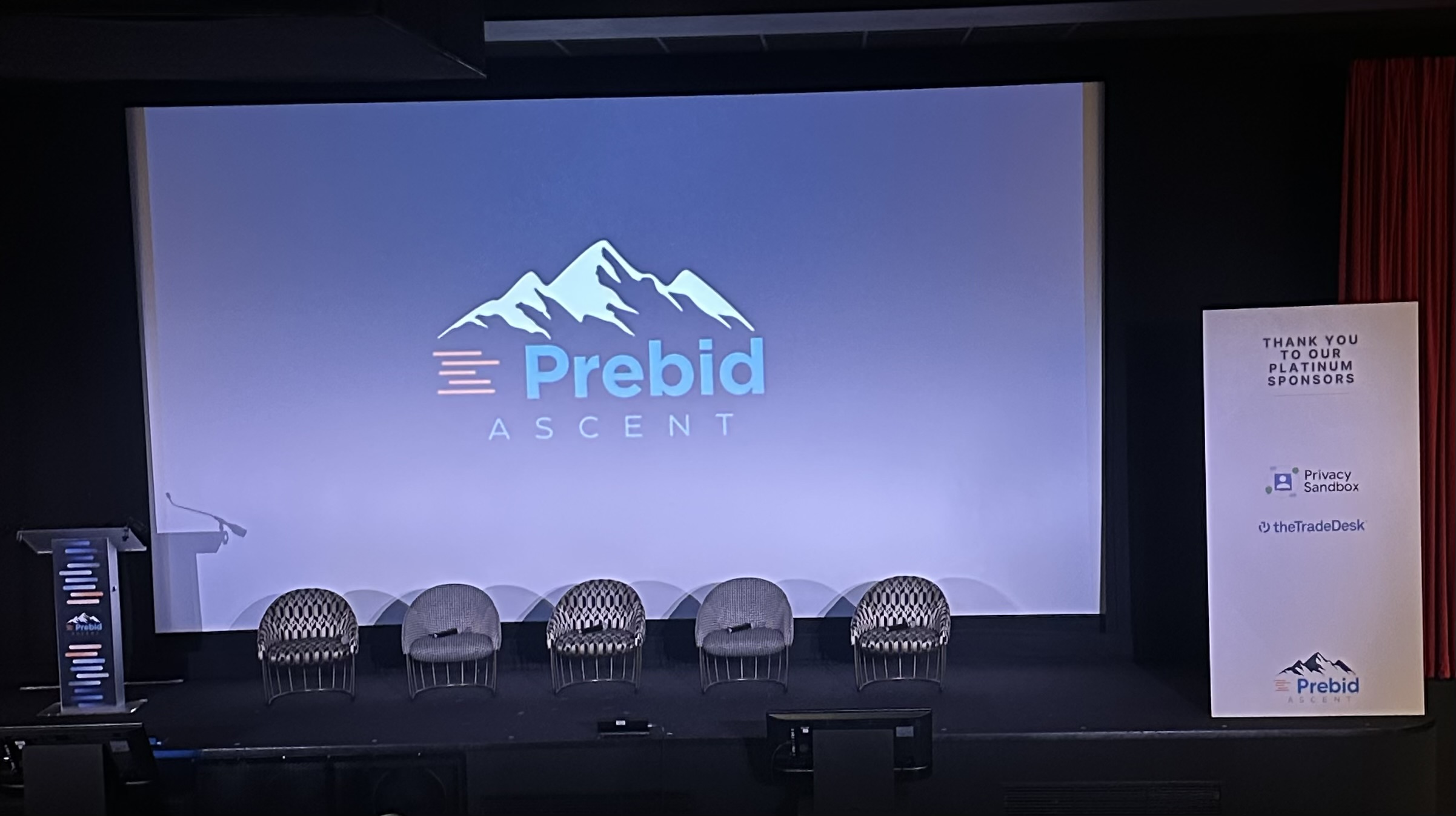As the calendar flips to a new year, online publishers and content owners will see a dip in ad spend. Q1 is notorious for slower advertising budgets, and it’s easy to feel the impact on your bottom line. But rather than letting those lower RPMs, RPS, and CPMs dictate your strategy, use this period to recalibrate and optimize your monetization efforts. The start of the year is an ideal time to take a proactive approach, ensuring you’re set up for higher returns in the quarters to come.
Here’s how you can turn Q1 challenges into opportunities:
1. Stay Focused on Ads.txt Updates
An updated and clean ads.txt file is critical and can improve your site’s transparency and boost your revenue potential. Advertisers want to know they’re buying from authentic sources, and keeping your ads.txt current is key to building that trust. Take time in Q1 to:
- Ensure Authorized Sellers Only: Regularly update your ads.txt file to list all authorized sellers and prevent unauthorized parties from monetizing your inventory.
- Enhance Transparency for Advertisers: An accurate ads.txt file builds trust, encouraging advertisers to bid with confidence.
- Maximize Revenue Opportunities: Keeping the file current ensures all approved partners can sell your ad inventory, improving fill rates and revenue potential.
Pro tip: Regular maintenance can also help mitigate unauthorized inventory sales, which could negatively impact your CPMs.
2. Reassess Your Identity Solutions
More than 60% of the internet is already cookieless and Google’s opt-in model for Chrome is imminent. Publishers and advertisers can no longer rely on third-party cookies to find their audience. Q1 is a great time to implement an alternative ID strategy to future-proof your monetization.
- Implement multiple identity solutions: Leverage platforms that support cookieless targeting to increase addressability.
- Focus on first-party data: Building robust first-party data sets can help you attract advertisers looking for privacy-compliant targeting.
Metrics Impact: A solid identity framework can lift your RPM and RPS as advertisers seek high-quality, addressable audiences.
3. Optimize Ad Layouts for Higher CPMs
Use Q1 as a testing ground to experiment with different ad placements, sizes, and formats to identify what works best. Small tweaks can lead to significant RPM improvements without disrupting user experience.
- Test ad refresh rates to increase impressions.
- Experiment with native, video, or high-impact ad units.
- Optimize for mobile traffic, especially if your audience skews towards mobile usage.
Pro tip: Continuous A/B testing can help you discover the sweet spot for higher engagement and increased revenue.
4. Leverage Seasonal Content
While Q1 ad budgets may be tighter, consumer interest in certain topics is still strong. Tap into seasonal content themes to drive higher traffic and engagement:
- Create content around New Year resolutions, fitness, wellness, and financial planning.
- Target trending topics to attract more organic traffic and boost CPMs.
Metrics Impact: Higher engagement and pageviews can improve your overall site metrics, making your inventory more appealing to advertisers.
5. Monitor and Improve Page Speed
Page load times directly affect your site’s ad revenue. Slow-loading pages can lead to higher bounce rates and lower viewability scores, reducing your CPMs. Take Q1 to:
- Run a site audit using tools like Google PageSpeed Insights.
- Compress images, optimize code, and leverage lazy loading.
- Ensure ads are not causing unnecessary delays.
Pro tip: Faster sites see better engagement, which can translate to higher CPMs and RPMs over time.
6. Boosting Your RPS (Revenue Per Session)
Improving RPS is all about maximizing each site visit’s value. Since Q1 may see lower traffic volumes, extracting more value from the audience you already have is crucial. Here’s how:
- Increase Session Duration: Focus on creating engaging, relevant content that encourages users to stay longer. The more time they spend on your site, the more ads they’ll view, increasing your overall RPS.
- Use internal links strategically to guide readers to other related articles.
- Incorporate interactive elements like quizzes or polls to keep users engaged.
- Optimize Ad Density Without Compromising UX: Increase the number of ad impressions per session by optimizing placements and adding ad refresh. However, balance this with a user-friendly experience.
- Try ad refresh on high-traffic pages where users are more likely to stay engaged.
- Use sticky or anchor ads to increase viewability and engagement without being intrusive.
- Leverage First-Party Data to Drive Personalized Content and Ads: The better you understand your audience, the more you can tailor content and ads to their interests, driving up session value.
- Implement audience segmentation to deliver personalized ad experiences.
- Use contextual targeting based on user behavior to serve more relevant ads, which can increase CTR and overall RPS.
Pro Tip: Focusing on increasing page views per session and optimizing ad engagement can significantly boost your RPS even when traffic is lower.
Conclusion:
While Q1 may be slow in terms of ad spending, it’s a golden opportunity for online publishers to prepare for the rest of the year. By taking a proactive approach—cleaning up your ads.txt, implementing identity solutions, optimizing layouts, and improving site performance—you can set yourself up for better revenue growth and higher advertiser demand in the months to come.
Invest the time now, and you’ll be well-positioned to capture those ad dollars as budgets ramp up in Q2 and beyond.













